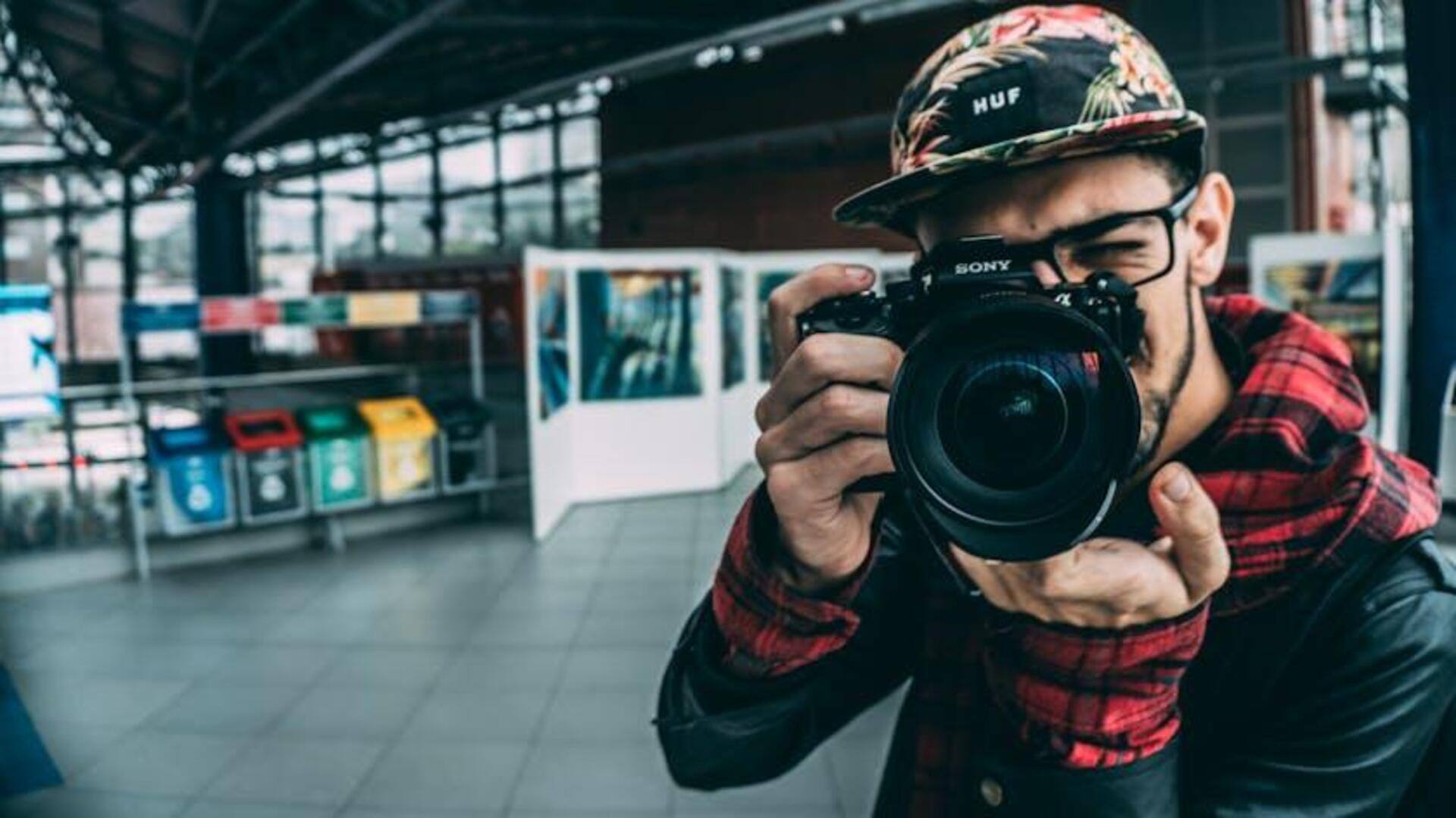**A Beginner’s Guide to Cyanotype Photography**
*By Anujj Trehaan | Sep 29, 2025, 11:29 AM*
—
**What’s the Story?**
Cyanotype photography is a fascinating and historic process that creates images with a distinctive blue hue. This technique dates back to the 19th century and involves using light-sensitive chemicals to produce prints from negatives or directly from objects placed on the paper.
Because the process is simple and inexpensive, cyanotype photography is an excellent choice for beginners eager to explore the creative world of photography.
Here’s a beginner-friendly guide to help you get started with cyanotype photography.
—
### Materials: Understanding Cyanotype Supplies
To begin cyanotype photography, you’ll need a few basic materials:
– **Cyanotype paper** coated with light-sensitive chemicals
– A **UV light source**, such as natural sunlight or a UV lamp
– **Objects or negatives** to create your image
– **Water** for rinsing your print after exposure
These materials are commonly available online or at local art supply stores.
—
### Setup: Preparing Your Workspace
Setting up an organized, well-lit workspace is crucial for successful cyanotype printing. Choose an area with plenty of natural light or good artificial lighting where you can work comfortably without distractions.
Lay out all your materials within easy reach. Make sure you have enough space to arrange your objects or negatives on the cyanotype paper. Keeping everything tidy will make the whole process smoother and more enjoyable.
—
### Exposure: Exposing Your Print
Exposure is the most critical step in cyanotype photography. Place your chosen objects or negatives on the coated side of the paper, then expose them to UV light.
The exposure time usually ranges from a few minutes to longer, depending on the intensity of your light source. The longer the exposure, the darker and more contrasted your final image will be.
Be mindful and experiment with exposure times to achieve the desired effect.
—
### Rinsing: Rinsing and Drying Your Print
Once your print is exposed, rinse it thoroughly under running water. This step removes any unexposed chemicals and reveals the characteristic deep blue tones while stopping further development.
After rinsing, gently pat your print dry with paper towels. Then, allow it to air dry completely, keeping the print flat—if needed, place it between sheets of blotting paper to avoid curling.
—
Cyanotype photography is a wonderfully creative and hands-on way to make stunning blue images. With just a few simple materials and steps, anyone can start experimenting and creating their own unique prints. Give it a try and enjoy the magic of cyanotype!
https://www.newsbytesapp.com/news/lifestyle/a-beginner-s-guide-to-cyanotype-photography/story
